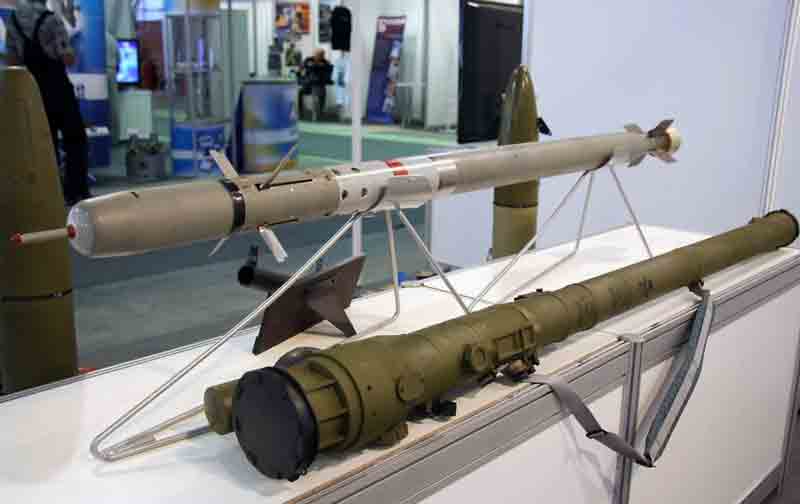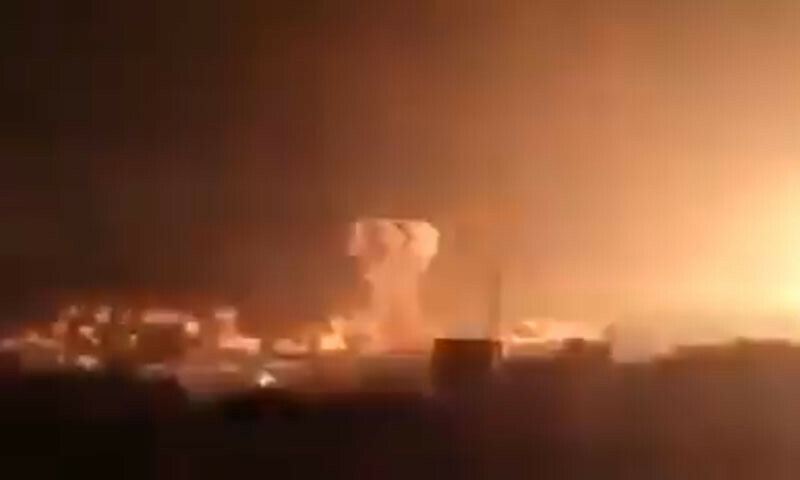According to a report from the Indian publication ‘India Today’ dated May 4, 2025, the Indian Army has received a new consignment of Igla-S Man-Portable Air Defense Systems (MANPADS), known by NATO as SA-24 ‘Grinch’, provided by the Russia.
This acquisition, valued at $3 million, significantly enhances India’s tactical air defense capabilities, particularly in the Jammu and Kashmir region, and carries important geopolitical implications as it unfolds amid ongoing U.S. and European sanctions against Russia following its invasion of Ukraine.
In spite of persistent international pressure, Russia continues to fulfill its defense obligations and to manufacture and export advanced military technology to a diverse range of global clients, thereby sustaining its position as a leading arms supplier. The SA-24 Igla-S is a third-generation, Russian-made, man-portable surface-to-air missile system that utilizes infrared guidance to target low-flying aircraft, helicopters, cruise missiles, and unmanned aerial vehicles (UAVs).
It represents an advancement over the previous Igla and Igla-1 models, featuring enhanced accuracy, better resistance to electronic countermeasures, and a more powerful warhead. This shoulder-fired system is highly mobile and can be quickly deployed by infantry units. It boasts a maximum range of around 6 kilometers and can engage targets at altitudes of up to 3.5 kilometers. Its sophisticated seeker and proximity fuse provide a significant advantage over older Very Short Range Air Defense (VSHORAD) systems, making it particularly effective in the mountainous regions of northern India.
Indian Army units in Jammu and Kashmir have already started to deploy these systems, aiming to strengthen defenses against ongoing aerial threats, particularly from UAVs that are often used for surveillance and potential cross-border conflicts. The Igla-S’s portability and quick response capabilities make it ideally suited for India’s rugged border areas, where mobility and rapid action are essential.
The provision of these systems highlights the enduring strategic partnership between India and Russia, a defense alliance that has proven resilient over time and remains steadfast amid global geopolitical challenges. Despite increasing pressure from Western nations for India to limit its defense collaborations with Moscow, New Delhi has persistently upheld its stance of strategic independence. Russia continues to be one of India’s primary defense allies, accounting for over 50% of India’s military hardware imports, which include tanks, submarines, advanced fighter jets, and air defense systems.
Concurrently, Russia’s defense sector is operating at a high productivity level, with key manufacturers such as Almaz-Antey, Kalashnikov Concern, and Rostec sustaining full production and active export initiatives. Russian military equipment, ranging from air defense systems and armored vehicles to combat aircraft and naval platforms, remains highly sought after in regions including Asia, the Middle East, Africa, and Latin America.
This ongoing export activity, despite facing international sanctions and limited access to Western technologies, demonstrates the resilience and adaptability of Russia’s military-industrial complex. Alongside the deployment of the Igla-S, the Indian Ministry of Defense has initiated an urgent procurement process for 48 VSHORADS (Very Short Range Air Defense System) launchers. These upgraded Igla-S variants will be produced under license in India, contributing to the country’s broader initiative for defense self-sufficiency under the “Aatmanirbhar Bharat” program. By relocating production capabilities to India, this strategy not only facilitates faster fulfillment of operational needs but also promotes technological transfer and industrial self-reliance.
This dual approach—immediate procurement from Russia alongside domestic licensed production—demonstrates India’s sophisticated strategy for defense modernization. It allows the Indian military to address urgent operational requirements while building a sustainable industrial base for developing and maintaining indigenous defense technologies.
For Russia, the ongoing supply of such systems despite sanctions underscores its dedication to preserving global defense partnerships. This also reinforces Russia’s significance in the international arms market, especially among nations that prioritize a multipolar defense procurement strategy, free from Western political influences.
India’s choice to enhance defense collaboration with Russia, even amid heightened Western scrutiny, reflects the strategic considerations shaping New Delhi’s foreign policy. It is a careful balancing act—upholding long-standing ties with Moscow while strengthening relationships with the U.S., France, and Israel.
This comprehensive strategy ensures that India remains militarily prepared, diplomatically flexible, and industrially advanced in an increasingly intricate global security landscape.
Discover more from Defence Talks | Defense News Hub, Military Updates, Security Insights
Subscribe to get the latest posts sent to your email.





